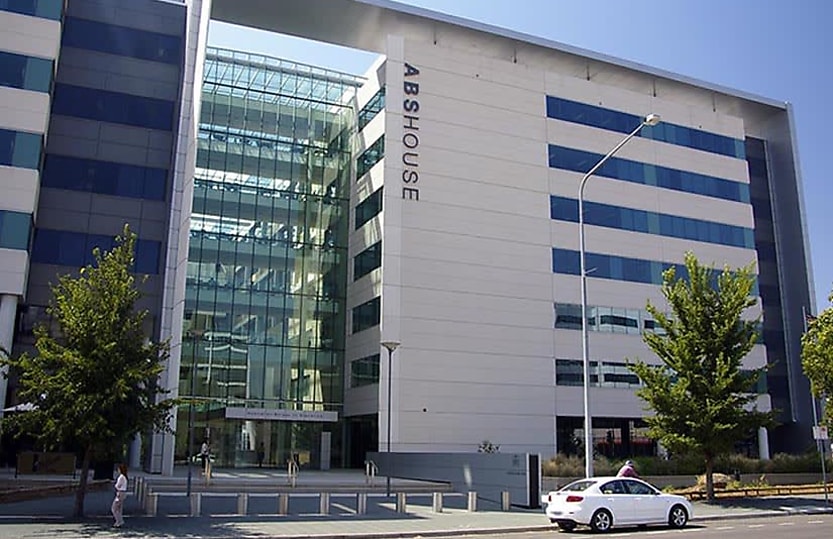Jobless rate edges up, hints of looser labour market

ABS data for October reveals more in work but the rate of growth is slowing.
The unemployment rate edged up by 0.2 percentage points to 3.7 per cent in October, according to ABS data just released, despite the number in work rising by 55,000.
Head of labour statistics Bjorn Jarvis said the rate returned to its mid-year level and the employment growth rebounded from a small increase in the previous month.
“With employment increasing by 55,000 people and the number of unemployed people increasing by 28,000, the unemployment rate rose to 3.7 per cent in October. This was back to around where it had been in July and August,” he said.
BDO economics partner Anders Magnusson said all recent data – the low unemployment rate, record-high participation rate and yesterday’s wage growth result all indicated a tight labour market.
“The labour market appears to be defying gravity when viewed from a traditional perspective, with interest rates rising and the unemployment rate stuck to the floor,” he said.
“The latest figures show that Australia’s population grew by 560,000 in the last year, almost the size of Tasmania, driven by net overseas migration. Yet the employment-to-population ratio remains steady, proving the ability of the labour market to absorb this additional labour.
“However, this makes sense as migrants don’t just supply labour, but they also add a lot of demand to the economy, which creates jobs.
“Despite all of this, leading indicators show that the labour market is loosening, with a stable underemployment rate and rising underutilisation rate.”
The underemployment rate remained at 6.3 per cent in October, 0.4 percentage points higher than the same month last year but 2.4 percentage points lower than before the pandemic.
Meanwhile the ABS underutilisation rate, which combines the unemployment and underemployment rates, rose 0.1 percentage point to 10.0 per cent.
“This was 0.7 percentage points higher than last October, but 3.9 percentage points lower than March 2020,” the ABS said.
Monthly hours worked increased 0.5 per cent on a slowing annual growth rate for hours worked of 1.7 per cent, down from around 5 per cent in the middle of the year.
Mr Jarvis said compared with the labour market just before the pandemic, the growth in hours worked was still greater than employment, at 10.0 per cent and 9.2 per cent, but the gap between the two had recently narrowed.
“The recent slowdown in the growth of hours worked may suggest that the labour market is starting to slow, following a particularly strong period of growth,” he said.
About the author

